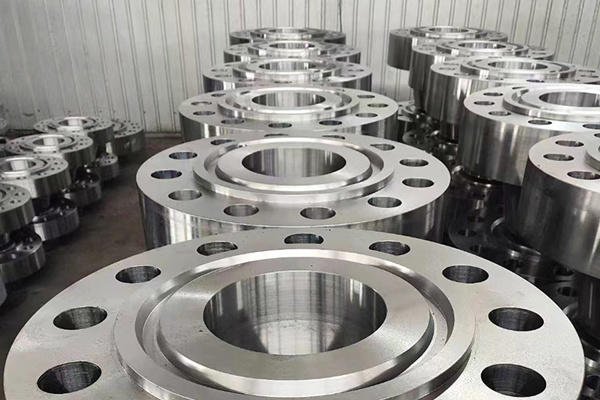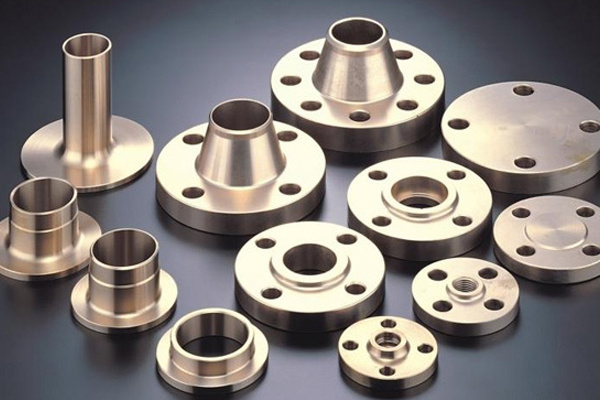What is the cold bending process?
2024-12-06
Cold bending is a process used to reshape metal without the use of heat. This process involves bending metal sheets or bars to a desired shape or angle using mechanical force. Cold bending is commonly used in the manufacturing of various metal products such as pipes, tubes, beams, and flat metal sheets.
The cold bending process involves several steps:
1. Preparation: The metal material to be bent is first prepared by cleaning and straightening it to ensure that it is free from any impurities or defects. The material is then marked with reference points to guide the bending process.
2. Bending: The metal material is then placed in a bending machine or jig, which applies force to bend the material to the desired shape. The force applied is typically done using hydraulic or mechanical pressure, depending on the thickness and type of metal being bent.
3. Adjustment: During the bending process, adjustments may be made to ensure that the metal material is bent accurately and to the correct angle. This may involve making slight changes to the position or pressure of the bending machine.
4. Inspection: Once the bending process is complete, the bent metal material is inspected for any defects, such as cracks or deformities. Any imperfections are corrected before the final product is completed.
Cold bending offers several advantages over hot bending, including:
1. Cost-effective: Cold bending does not require the use of expensive equipment or the energy costs associated with heating metal, making it a more cost-effective option.
2. Preservation of material properties: Since cold bending does not involve heating the metal, the material properties such as strength and durability are preserved, resulting in a higher quality end product.
3. Greater precision: Cold bending allows for more precise control over the bending process, resulting in accurate and consistent bends.
4. Reduced risk of distortion: Heating metal during the bending process can cause distortion or warping. Cold bending minimizes this risk, resulting in a more uniform and consistent bend.
Despite its advantages, cold bending does have some limitations. It is generally only suitable for bending thin to medium thickness metal materials, as thicker materials may require heat to bend successfully. Additionally, certain types of metals, such as hardened steel, may be more difficult to cold bend.
Overall, cold bending is a versatile and efficient process for reshaping metal materials to create a wide range of products. Whether used in construction, manufacturing, or other industries, cold bending offers a cost-effective and high-quality solution for bending metal materials.
Key words:
Professional manufacturing
Pipe fittings
RELATED INFORMATION
API 6A TYPE 6BX flanges and blinds in ANSI/API Spec 6A specification
2024-05-22
The Essential Guide to Carbon Steel Plate Flanges in Construction and Decoration
2024-05-22












